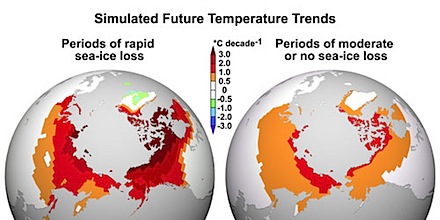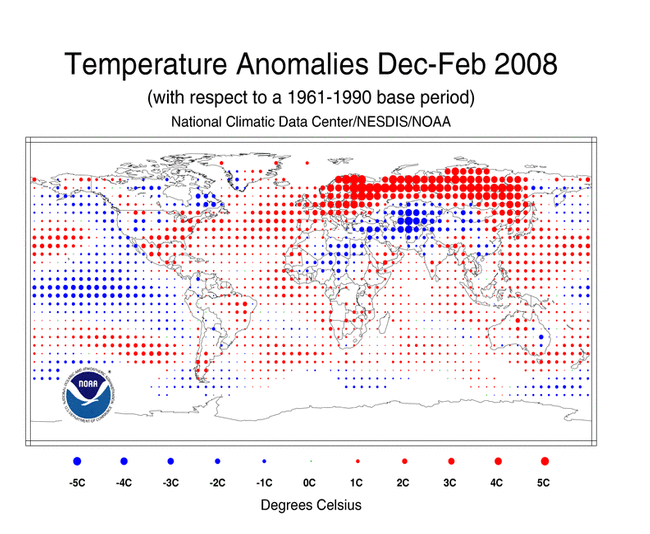 It’s a bleak outlook for sexual equality in tuatara refuges in the Cook Strait. By the end of the century, their nesting sites could have warmed up enough to make all hatchlings male. Nature News reports on new, detailed modelling of how tuatara’s island homes will respond to climate warming:
It’s a bleak outlook for sexual equality in tuatara refuges in the Cook Strait. By the end of the century, their nesting sites could have warmed up enough to make all hatchlings male. Nature News reports on new, detailed modelling of how tuatara’s island homes will respond to climate warming:
With the aid of computer software, the researchers combined the physics of heat transfer with terrain data for the four-hectare North Brother Island in New Zealand’s Cook Strait. Using the exact coordinates of 52 known nesting sites of the rarest species of tuatara (Sphenodon guntheri), along with a database of current soil properties and their constant temperature equivalent, the researchers simulated climate change and then monitored its effect on specific points across the island. They found that based on maximum warming predictions, tuatara, which hatch as males when nest temperature during development moves above 21.5°C, will be incapable of producing females.
Fortunately there’s a solution: tuatara tents, and camping holidays in cool places.
“We can put shade cloth over their nesting sites to effectively change their sex ratio back to a 1-to-1 ratio even if the planet warms — or start translocating them to other places that would be more suitable, ” [research leader Nicola] Mitchell [of the University of Western Australia in Perth] adds. “Translocations are already occurring to the mainland and we now have a tool to identify which locations would produce favourable sex ratios.â€
[Mitchell, N. J. , Kearney, M. R. , Nelson, N. J. & Porter, W. P. Proc. R. Soc. B doi:10.1098/rspb.2008.0438 (2008).]



 Time for me to front up on wind power. As I mentioned last year, our local lines company,
Time for me to front up on wind power. As I mentioned last year, our local lines company, 

